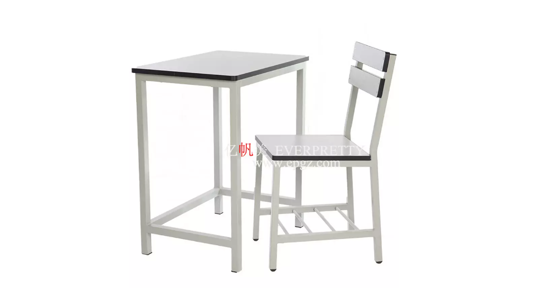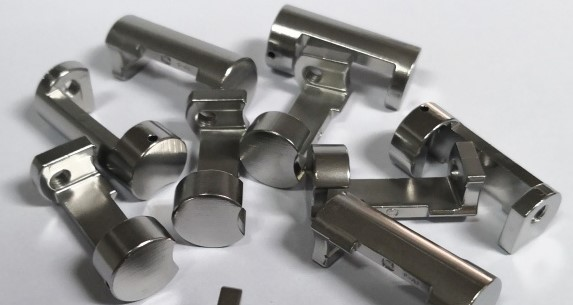How To Pick The Perfect Chip Resistor for Your Breadboard

In this blog article, we’ll explore how to pick the perfect chip resistor so that your breadboard projects work like they’re supposed to!
How to Choose a Chip Resistor
- Use Ohm’s Law to calculate the resistance of a specific chip resistor. This will help you determine if the resistor is appropriate for your project.
- Select a chip resistor that is within the range of values specified in your project’s schematics or circuit diagram. Resistors with too high or too low a resistance can cause problems with your project.
- Remember that chip resistors degrade with use and should be replaced every few years or when their resistance reaches its limit. To check if a chip resistor is nearing its limit, measure its resistance before and after prolonged use in your project.
How to Use a Chip Resistor in your Breadboard
In order to use a chip resistor in your breadboard, you first need to identify the type of chip resistor you need. Common chip resistors include metal film and carbon film resistors. Metal film resistors have a metal surface that forms a resistance when current flows through them. Carbon film resistors are made out of carbon and have a higher resistance than metal film resistors.
Once you’ve identified the type of chip resistor you need, it’s time to get started on your project. First, make sure that the resistor is connected properly to your breadboard. Next, determine the necessary values for the resistor by referring to the manufacturer’s datasheet or using online calculators. Once you have the necessary values, it’s time to start testing your circuit!
Conclusion
When it comes to breadboarding and electronics, you want to make sure your components are compatible with each other. That’s why it’s so important to pick GFOOKIC chip resistor for your project. So whether you’re building a new IoT device or just trying out a new breadboard, make sure you have GFOOKIC resistor on hand!





